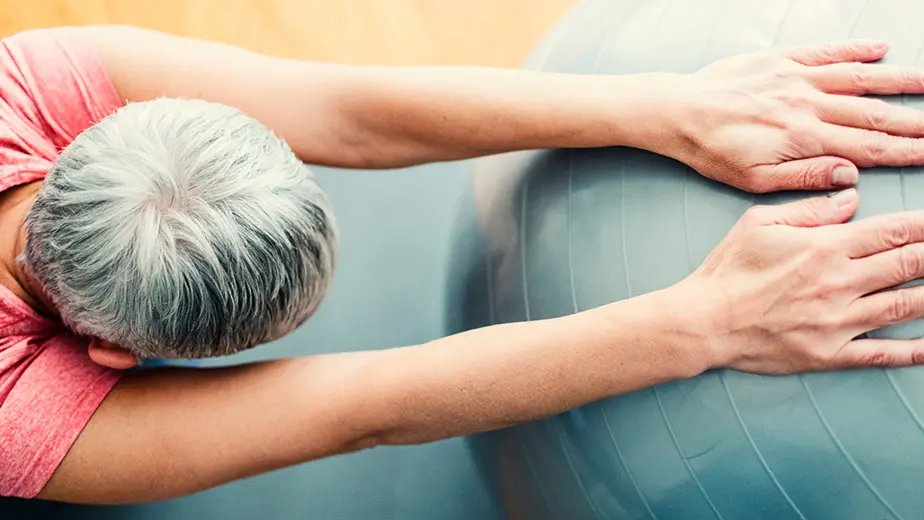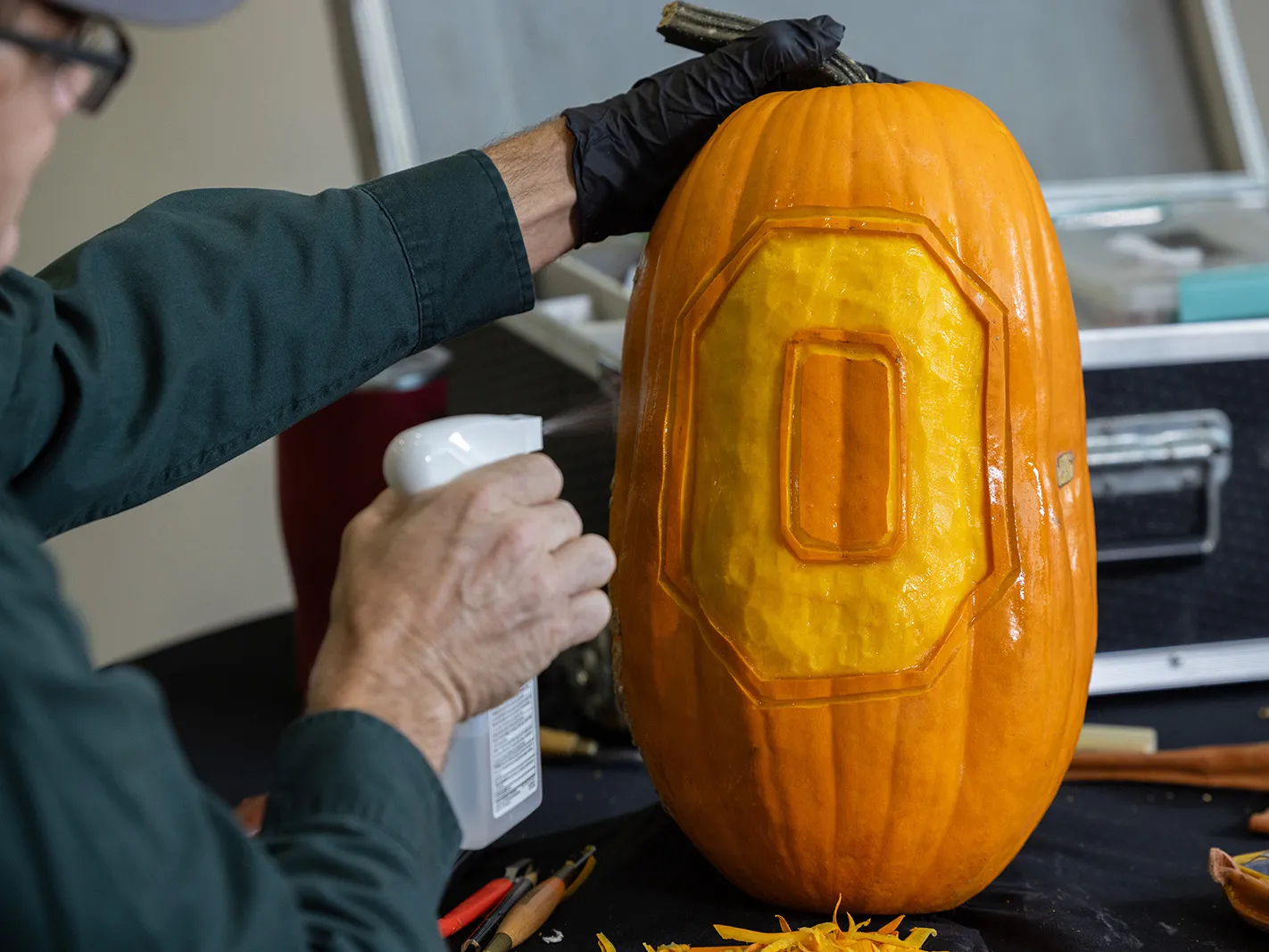3 answers and 5 tips to help you prevent stroke
No matter your age, you could have a stroke. You can also work to prevent one starting now, says our chief wellness officer.

(Getty Images)
Every 40 seconds, someone in the United States has a stroke. Stroke is the fifth-leading cause of death and the leading cause of disability in the United States, according to the American Stroke Association.
This silent killer is widely — and incorrectly — believed to be unavoidable. While a recent poll showed that only 17 percent of Americans surveyed thought that stroke could be avoided, the American Stroke Association estimates that up to 80 percent of strokes can be prevented with healthy lifestyle behaviors.
Let’s start with a refresher on the basics of stroke, and then I’ll share some tips for prevention.
-
Can a young person have a stroke?
Yes. In fact, stroke is on the rise in people ages 35 to 64. It is possible to have high blood pressure and high cholesterol without knowing it or feeling any symptoms, and younger people often do not get screened regularly for these indicators. Risk factors for stroke in all age groups include high blood pressure, high cholesterol, diabetes, smoking, obesity and inherited or acquired abnormal heart structures.
-
How do strokes happen?
There are two types of stroke. The most common is ischemic stroke, in which the blood supply to a region of the brain is cut off by a blood clot or other obstruction. Hemorrhagic stroke, the second type, is caused by a broken blood vessel (i.e. hemorrhage) in the brain. Symptoms can include numbness or weakness on one side of the body or face, impaired speech or vision, loss of coordination, severe headache, temporary or permanent partial paralysis and aphasia (inability to process language).
-
What does a stroke look like?
A stroke victim may appear confused or unable to talk. Slurred speech and loss of balance could make them appear inebriated, so it is important to evaluate the situation carefully. The American Heart Association uses the acronym FAST — Face, Arm, Speech, Time — to remember signs of stroke. If you see one side of a person’s face droop, if one arm is weak or numb, if their speech is slurred or they are unable to speak, it’s time to dial 911 and get them help immediately, even if these initial symptoms go away. Prompt treatment can be key to recovery, so it’s important not to ignore symptoms. Younger stroke victims may have different symptoms, such as numbness and headache instead of the typical FAST symptoms.
Prevention is possible
The American Heart Association offers these tips for preserving your brain health and preventing stroke.
Know your numbers. Get screened by a health care provider for high blood pressure, high cholesterol and high blood sugar. Many people don’t know they have diabetes or cardiovascular disease until something like a stroke happens, so it’s important to be proactive. Once you know your numbers, work to keep them in a healthy range.
Manage stress. Chronic stress can increase your risk for stroke. Practice deep breathing and positive thoughts, and take stress-relief breaks at work to keep your level of stress from building up.
Don’t smoke. Smoking increases the risk of stroke. If you smoke, ask your health care provider how to quit.
Limit alcohol. Limit your intake to one drink a day for women, two for men. If you don’t drink, don’t start.
Get moving. Physical activity does so much to promote wellness, including reducing the risk of high blood pressure, high cholesterol and diabetes. Aim for at least 50 minutes of physical activity per week. You don’t necessarily have to join a gym to get moving: Evidence shows that even short periods of physical activity, such as taking the stairs instead of the elevator, help your health.
Understand your risk
Take an online quiz from The Ohio State University Wexner Medical Center to better understand your risk for stroke.



